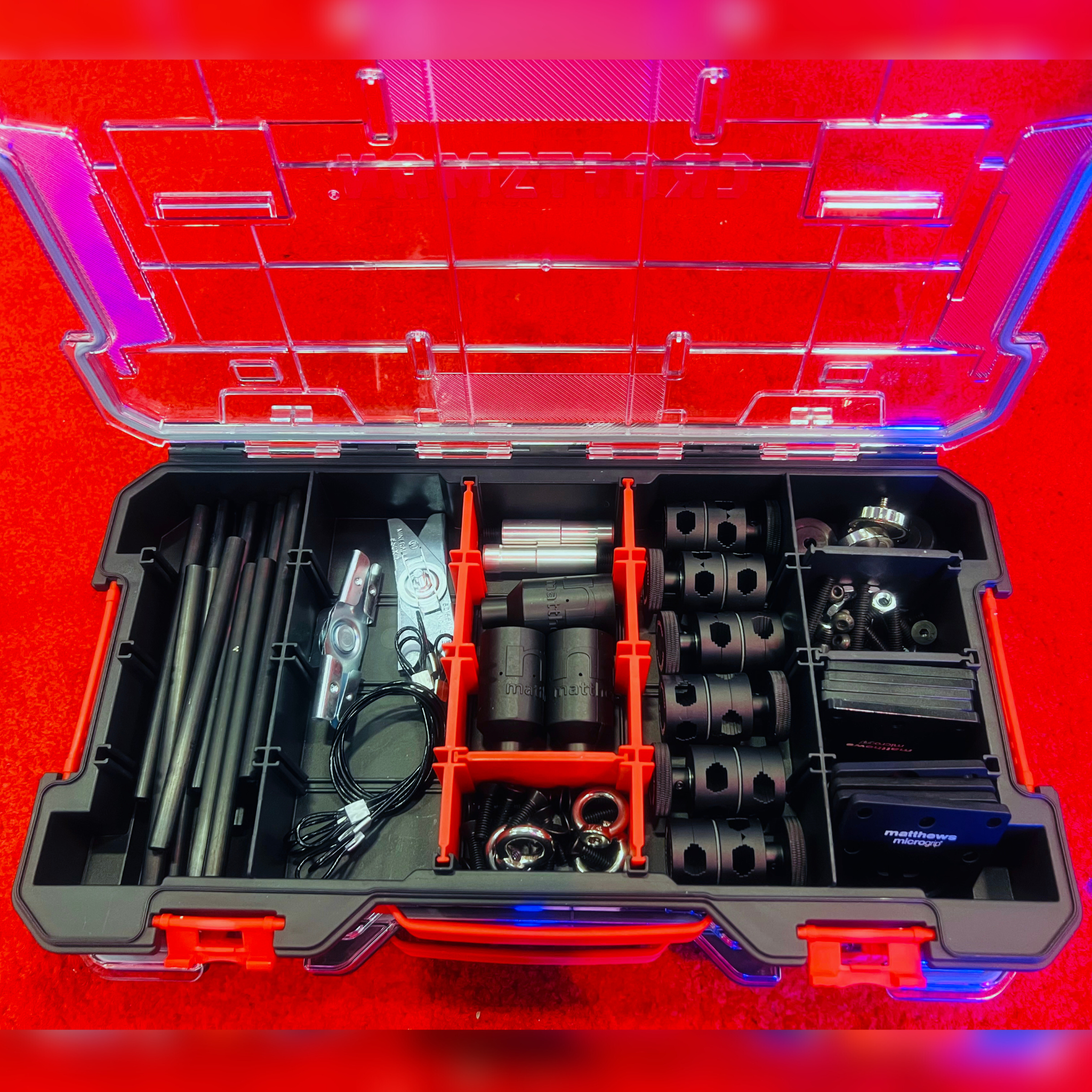EBU, AMWA demonstrate FIMS at NAB Show
The Advanced Media Workflow Association (AMWA) and the European Broadcasting Union (EBU) are continuing to conduct joint activities within its FIMS (Framework for Interoperable Media Service) Task Force. The effort between the EBU and the AMWA seeks a common approach to integrate hardware and software components in modern TV production facilities and is believed to be a fundamental need of the whole media industry.
The demonstration at the 2011 NAB Show showcased the fruits of the work so far, with a sample workflow that included many typical operations such as ingest, capture, craft editing and file movement, all within FIMS. Participating vendors included Avid, Cinegy, Cube-Tec, IBM, RadiantGrid and Sony, supported by Harmonic, Harris, Mesclado, RAI, Red Bee Media, Snell, StorerTV and Tixel, with IBM and Sony providing the orchestration engines
“We had a fantastic response, the best I have seen since we started demonstrating AAF 10 years ago,” said Brad Gilmer, executive director of the AMWA.
There may be some who would think that such systems are only for major broadcasters and networks, but Gilmer explained how FIMS was for the benefit of all media companies from the small shop up to the multinational media companies.
“A small facility with three or four ingest stations could put together a system with RESTful services and a few Web apps to manage services like ingest and file transforms,” he said. One of the aims of the FIMS project is to develop standard adaptors for common services, rather than having to deal with custom APIs, as is the case today.
FIMS is designed to break down broadcast operations into atomic services, like ingest. The loose coupling of a service-oriented architecture (SOA) means that the capabilities of the system can be adapted to business needs by plugging in new services. A single device could offer one or more services, but use standard adaptors. This loose-coupled approach makes it easy to update facilities. For example, two devices offering different services could be upgraded to one device offering both services with no need for coding, scripting or other customization. The business needs will drive the system, not the technical issues of interfacing disparate applications.
A large broadcaster could buy a fully featured system, with orchestration engines, and enterprise-scale middleware, but use those same adaptors to call common services like ingest, file movement or transform. The small shop doesn’t need the service discovery and registration of a large system, so it can manually configure its encoder or transcoder. So, the concept of FIMS is a system for all media companies, big or small.
Get the TV Tech Newsletter
The professional video industry's #1 source for news, trends and product and tech information. Sign up below.
A service does not have to be automated: Human services like craft editing or color grading could just as easily be RESTful services. That way the creative personnel tap into a technical infrastructure that can handle automated tasks in the background, like publishing an HD master to varied file resolutions and codecs.
The joint FIMS Task Force aims to create a similar sea change in industry practices as the SMPTE/EBU Task Force did that led to MXF. The first iteration of FIMS is slated for June 2011, with three sample service adaptors (ingest, transform and movement) one month later.
